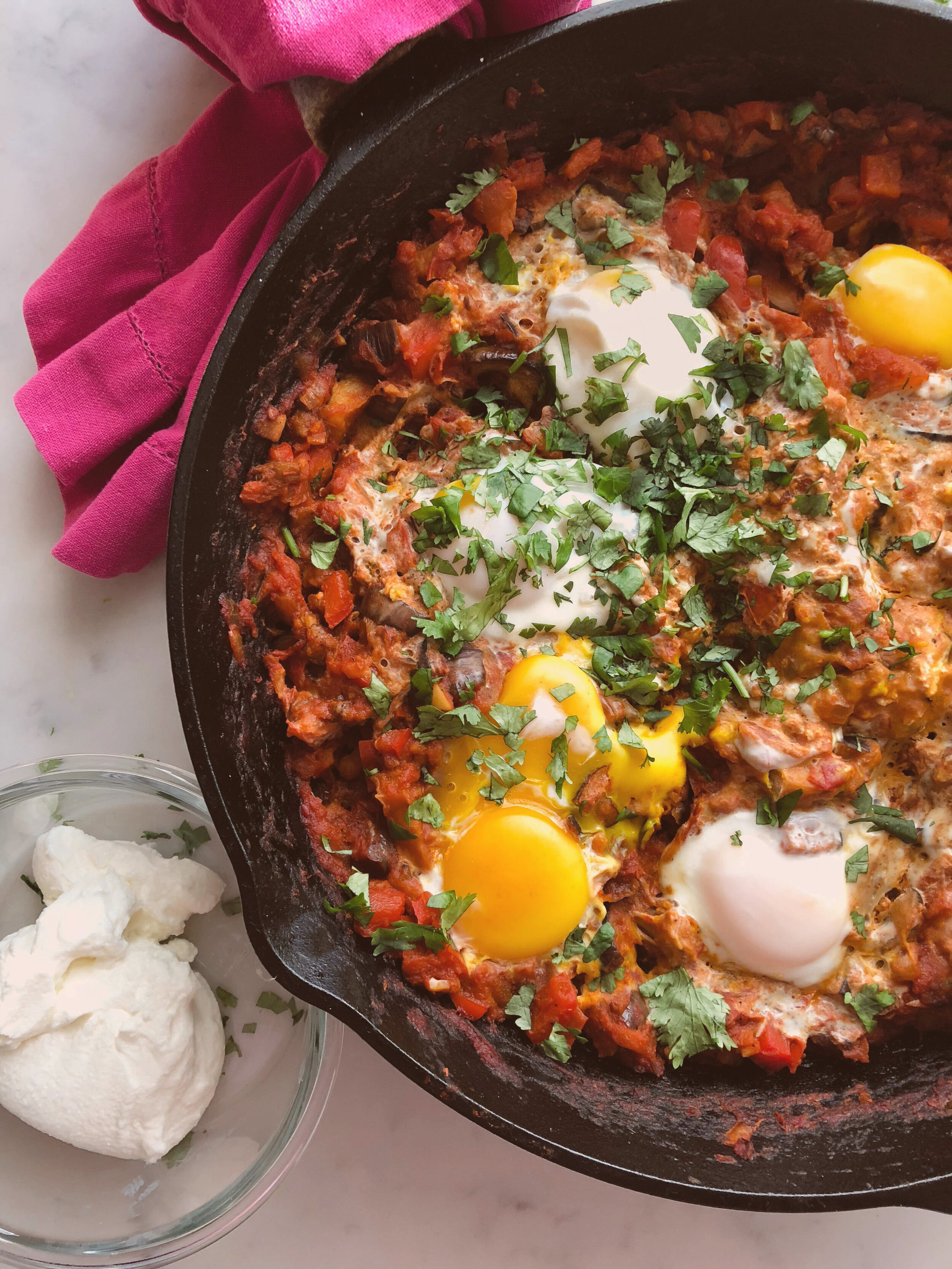 Image 1 of
Image 1 of


Steaming, Stewing & Braising
3 Hour Course
A great variety of dishes are cooked using moist heat methods – whether you are referring to soups, stews, steamed foods, or braised dishes. In understanding the differences between specific most-heat cooking methods, you will be able to successfully understand and practice a great number of recipes from around the world – as many world cuisines use these methods. You will also use this knowledge and skills to perfect and hone old family favorites and to use as a way to explore new culinary creations.
Steaming and submersion are most methods that use hot moist vapor and hot liquid, respectively, to cook foods. Depending on the specific dish, these can be executed very quickly (i.e. steaming small pieces of fish) or over a longer period of time (slow poaching a whole fish). Combination cooking techniques of braising and stewing use dry heat to add color, flavor, and moist heat with extended cook times to break down fibrous matter or connective tissue.
3 Hour Course
A great variety of dishes are cooked using moist heat methods – whether you are referring to soups, stews, steamed foods, or braised dishes. In understanding the differences between specific most-heat cooking methods, you will be able to successfully understand and practice a great number of recipes from around the world – as many world cuisines use these methods. You will also use this knowledge and skills to perfect and hone old family favorites and to use as a way to explore new culinary creations.
Steaming and submersion are most methods that use hot moist vapor and hot liquid, respectively, to cook foods. Depending on the specific dish, these can be executed very quickly (i.e. steaming small pieces of fish) or over a longer period of time (slow poaching a whole fish). Combination cooking techniques of braising and stewing use dry heat to add color, flavor, and moist heat with extended cook times to break down fibrous matter or connective tissue.
3 Hour Course
A great variety of dishes are cooked using moist heat methods – whether you are referring to soups, stews, steamed foods, or braised dishes. In understanding the differences between specific most-heat cooking methods, you will be able to successfully understand and practice a great number of recipes from around the world – as many world cuisines use these methods. You will also use this knowledge and skills to perfect and hone old family favorites and to use as a way to explore new culinary creations.
Steaming and submersion are most methods that use hot moist vapor and hot liquid, respectively, to cook foods. Depending on the specific dish, these can be executed very quickly (i.e. steaming small pieces of fish) or over a longer period of time (slow poaching a whole fish). Combination cooking techniques of braising and stewing use dry heat to add color, flavor, and moist heat with extended cook times to break down fibrous matter or connective tissue.
